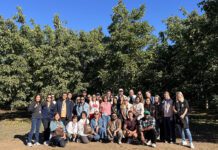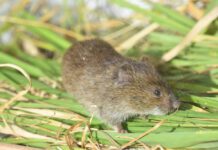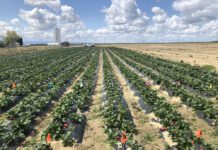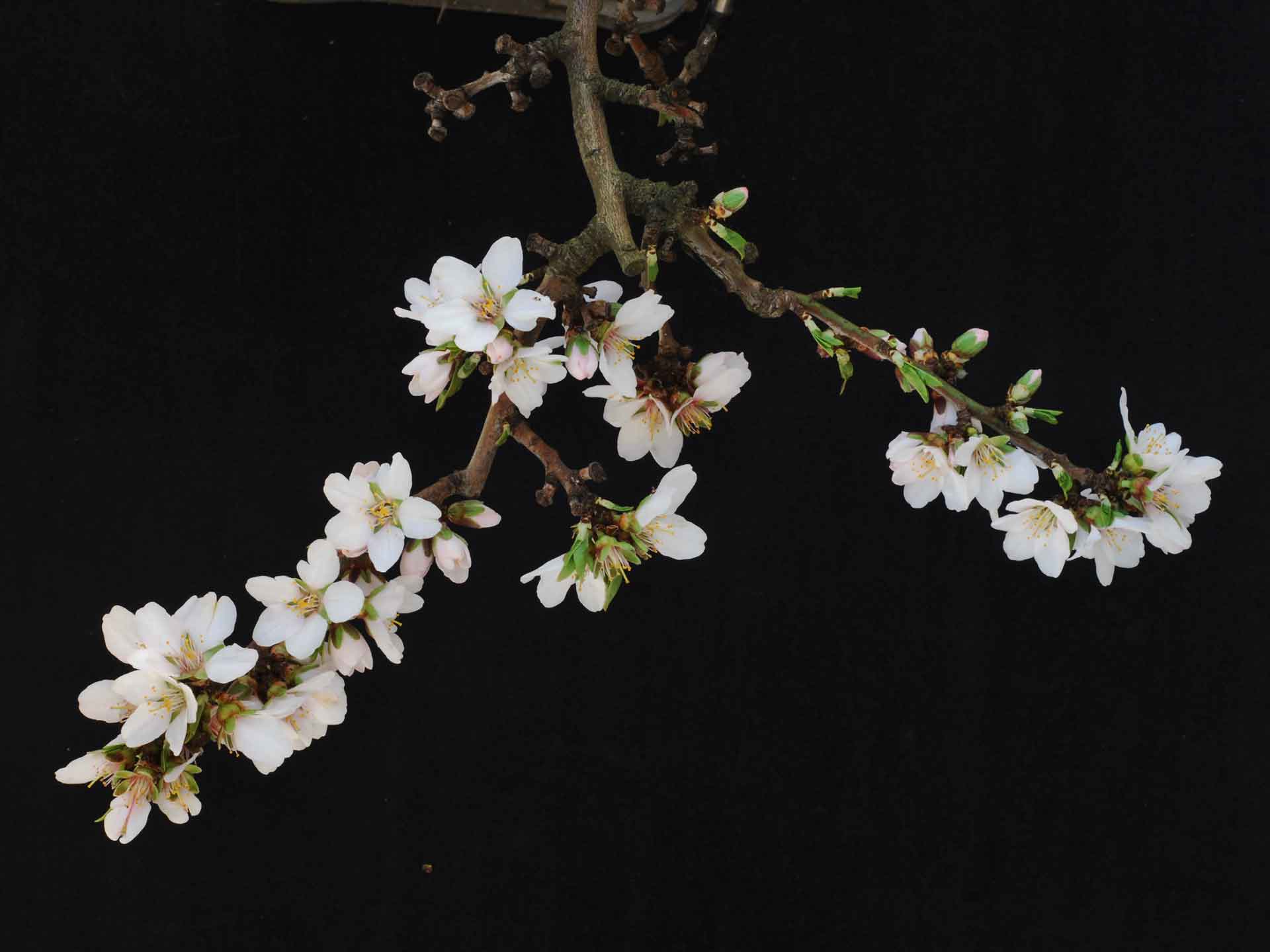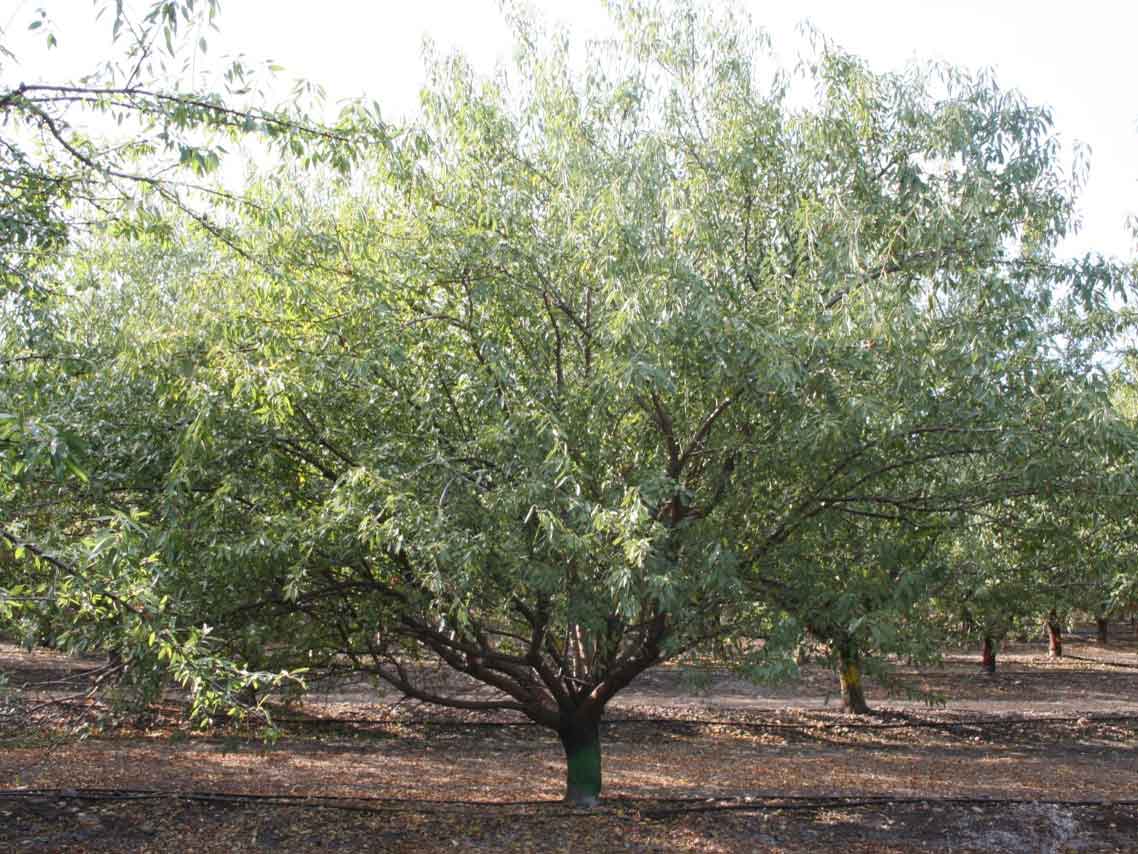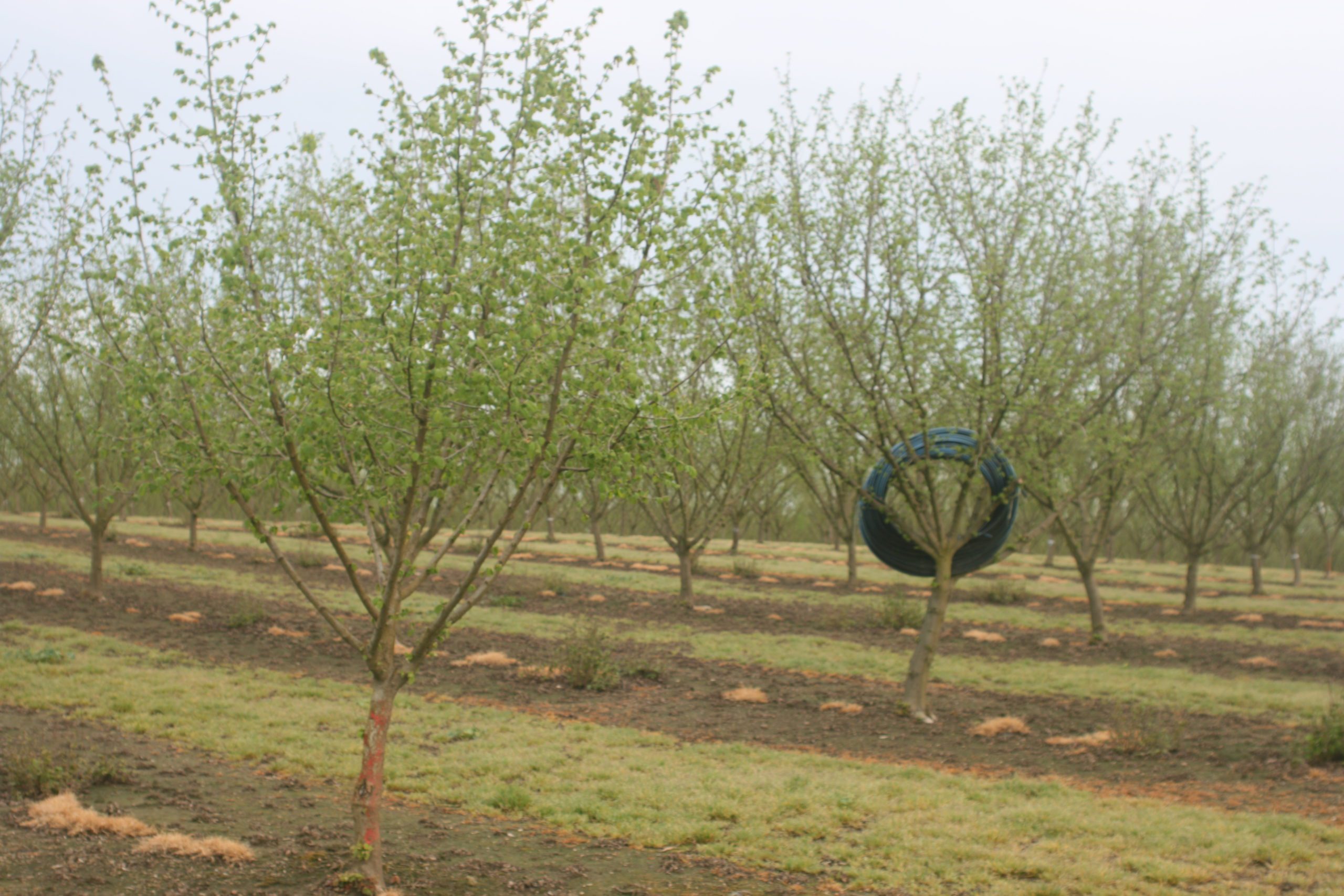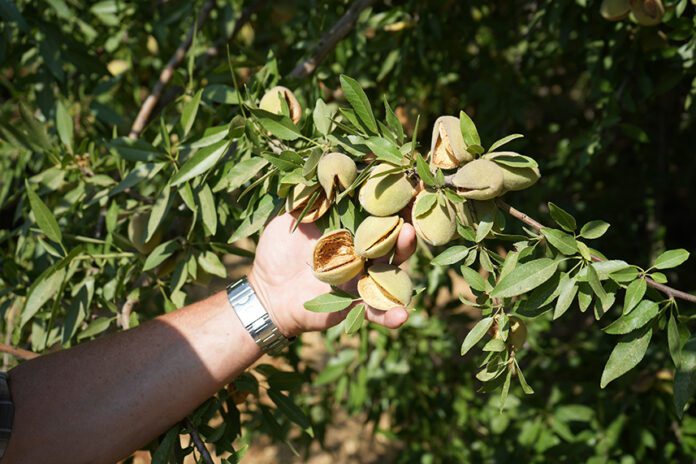
Listen to the audio version of this article. (Generated by A.I.)
For most, July and August are known as the prime time for summer vacations and laying low, but for the almond industry, it marks the start of “go time.” Between monitoring hull split, timing sprays accordingly and implementing an irrigation deficit program, there is little downtime for growers and pest control advisers.
Like how athletes train all season long, the entire year of preparations, orchard maintenance and pest management in the field all lead to hull split.
“What we’re thinking about [during this time] is orchestrating harvest and how the decisions we make for a two-month period dictate the outcome from a quality perspective,” said Cameron Boomgaarden, orchard operations manager at Vann Brothers.
Boomgaarden works hand in hand with Justin Nay of Integral Ag to assess each block as hull split approaches. Nay said you will know when it is time because blank nuts and nuts with leaffooted bug damage will begin to open first, and that is a sign “that we’re getting close.”
Using Data Preharvest and Postharvest
While there is no secret formula for a successful season, one of the key factors in ensuring a smooth transition into hull split is collecting good data throughout the spring to understand how to tackle certain blocks, Boomgaarden said. If you are monitoring your orchard regularly, you should be able to determine which blocks have gone according to plan, which blocks need to be treated at hull split, and even if they need more than one treatment.
Once harvest is complete, Nay and Boomgaarden say it is important to come together with your pest control adviser and management team to assess the grades and discuss what went wrong and what went right, so modifications can be made for the upcoming season.
“If you can’t measure it, you can’t manage it, so [it’s about] understanding the areas that may pose a problem and that we need to be aggressive with our management tactics,” Boomgaarden said. “Ultimately when we’re in the thick of hull split for the following season, we can have a quick reference.”
Nay and Boomgaarden also encourage having honest conversations with your advisers and consultants and to challenge the reasoning as to why something is done the way that it is. Having a successful outcome means being highly collaborative with your team, yet also very flexible to adapt and change as things come up.
Boomgaarden adds that at Vann Brothers, and with the help of Integral Ag, “Every decision we make is research-based, and it allows us an opportunity to improve for the following season.”
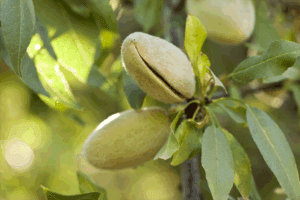
Budgeting for Next Year
Having this postharvest discussion is also critical to budget for the following year. It gives growers the opportunity to determine what can be reduced or added to their orchard management plan to optimize profitability.
Just like any other business or organization, a proper budget also allows for flexibility in the case of an unexpected outbreak, which, as we know, is not rare in the almond industry.
Almond grower Kellen Coelho said this is when it really pays to be site-specific.
“You’re doing an incredible injustice to yourself if you’re not looking at each field, your region, all the different categories, and making decisions based on each case,” he said. “If you aspire to be a top operator or even survive the market fluctuations we’ve seen the last few years, this is an essential conversation to be had within each one of your fields.”
While geographic location, orchard characteristics, size of the operation, disease history and your neighbor situation, just to name a few, will undoubtedly cause variation from one budget to another, it is important to have a starting point.
Joe Coelho, almond grower and director of sustainable growth and outreach at American Pistachio Growers, put together a budget snapshot with static categories for growers to reference, based on the UC Davis cost studies for almond production:
• $600 cash overhead: Includes office expenses, insurance, taxes, repairs, etc.
• $1,200 custom services: Includes labs, pump testing, harvest, hulling and adviser fees
• $100 machinery: Includes machinery fuel, lubrication and repairs
• $500 labor: Includes equipment operator, non-machine, irrigation and pruning labor
• $700 irrigation: Includes water at $200 per acre-foot and water treatment
• $400 fertilizer and amendments: Includes $150 for nitrogen, $75 per acre for P/K fertilizer and $175 for miscellaneous amendments
• $400 pollination: Bees (two hives per acre)
• $3,900 per acre static
Other costs growers need to consider are those related to pest management. While this varies according to each grower and the products they use, these expenses can include application, herbicide, miticide, insecticide, fungicide, ant bait, mating disruption, rodenticides and adjuvants.
“It’s good to have some perspective as to how your pest management spend is efficacious but also is considerate of the overall profitability of the farm,” Joe said.
Changes in your budget from year to year are also expected because it is not a one-size-fits-all approach.
“Budgets can’t always be canon,” Kellen adds. “No two years are the same and oftentimes extraneous variables present themselves, and thus you must choose to address them or not.”
Designing a Blueprint
As the almond season nears hull split, it becomes clear just how critical each decision is, from preseason orchard prep to real-time adjustments during harvest. The work done in these months does not just determine the outcome of this year’s crop; it shapes the blueprint for seasons to come.
Honest evaluations, continuous data collection and a budget that fits your specific operation are all key elements to not just surviving but thriving in the increasingly complex landscape of the almond industry.






